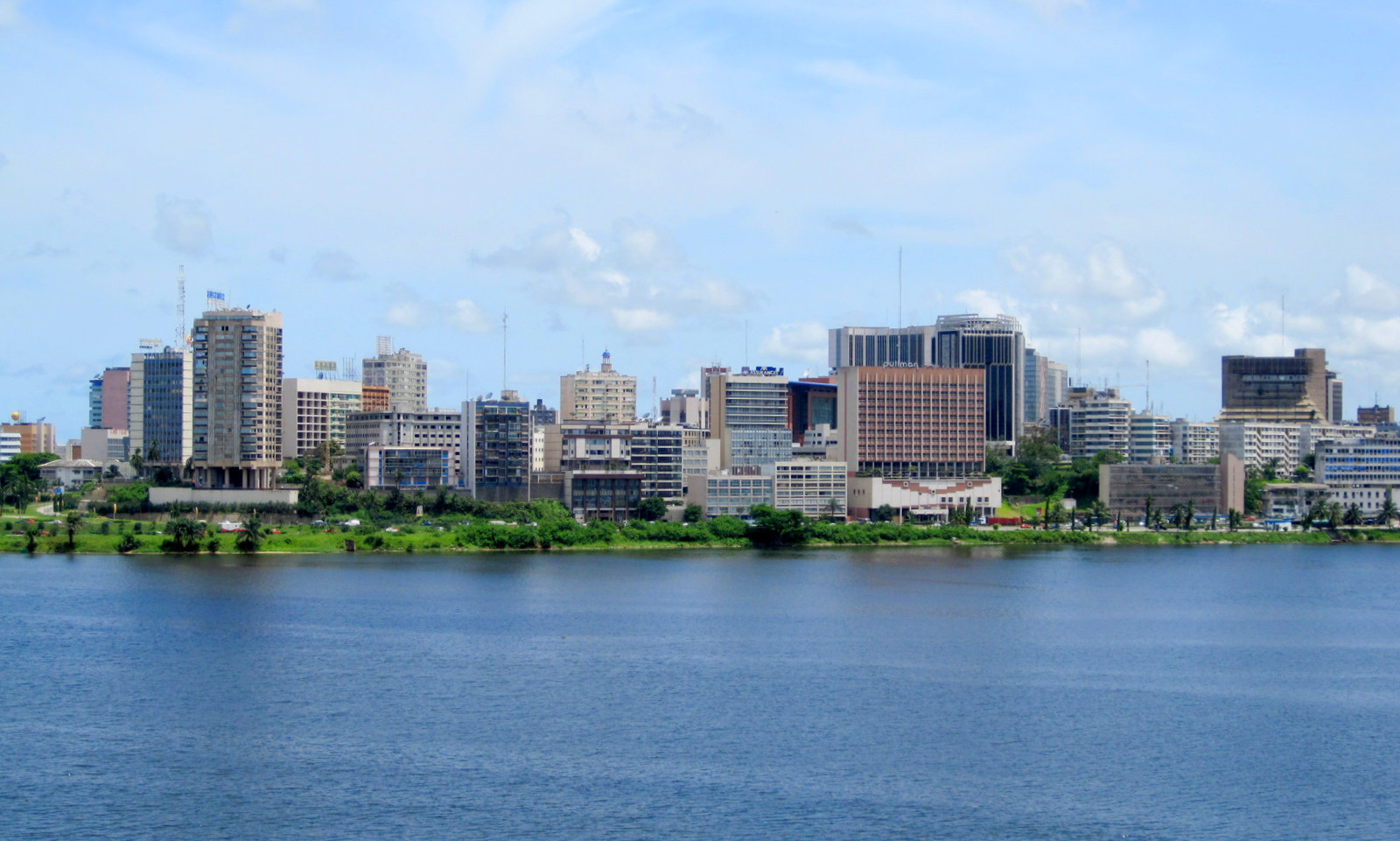Abidjan: cultural crossroads of West Africa
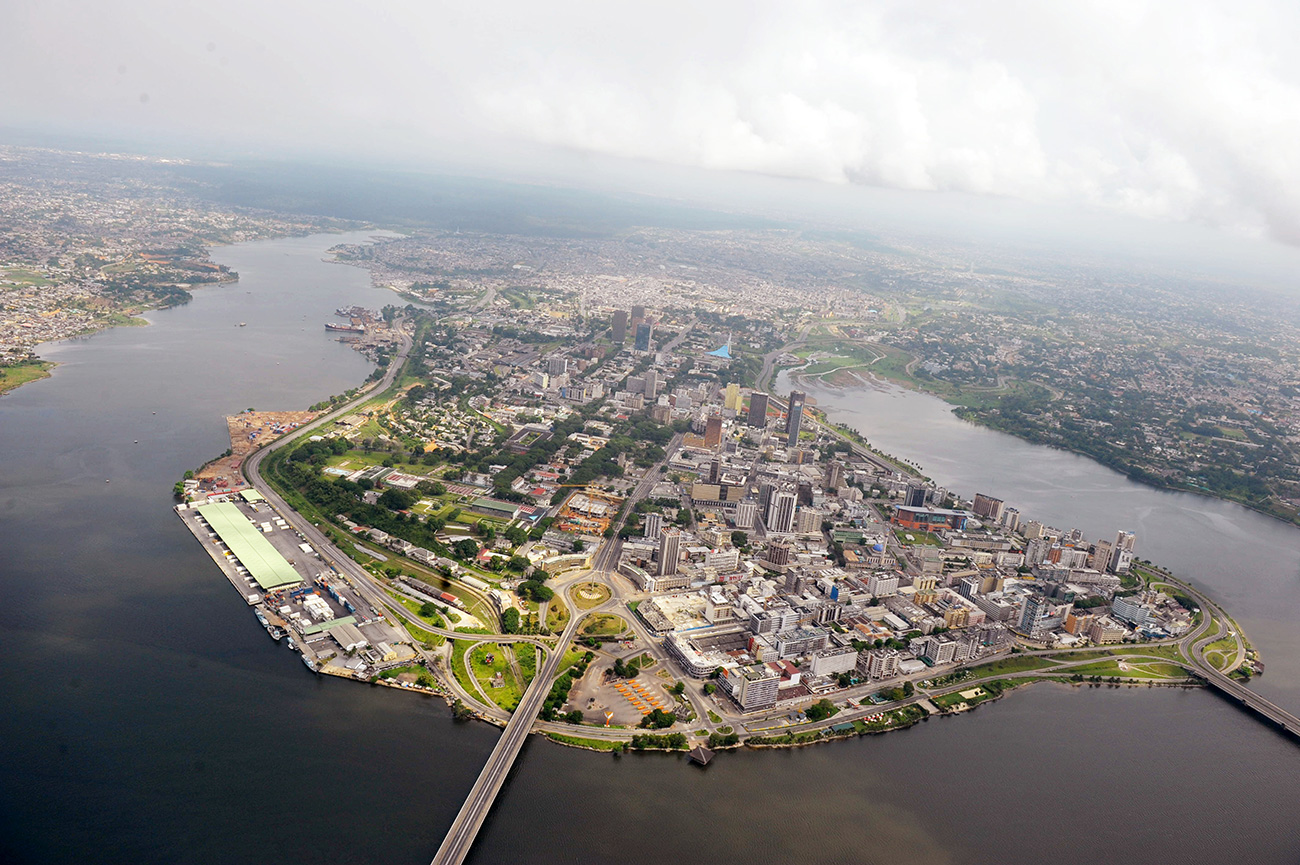
Abidjan is the economic capital of Ivory Coast and the most populous French-speaking city in West Africa. The cultural crossroads of the region, Abidjan is a highly industrialised urban centre.
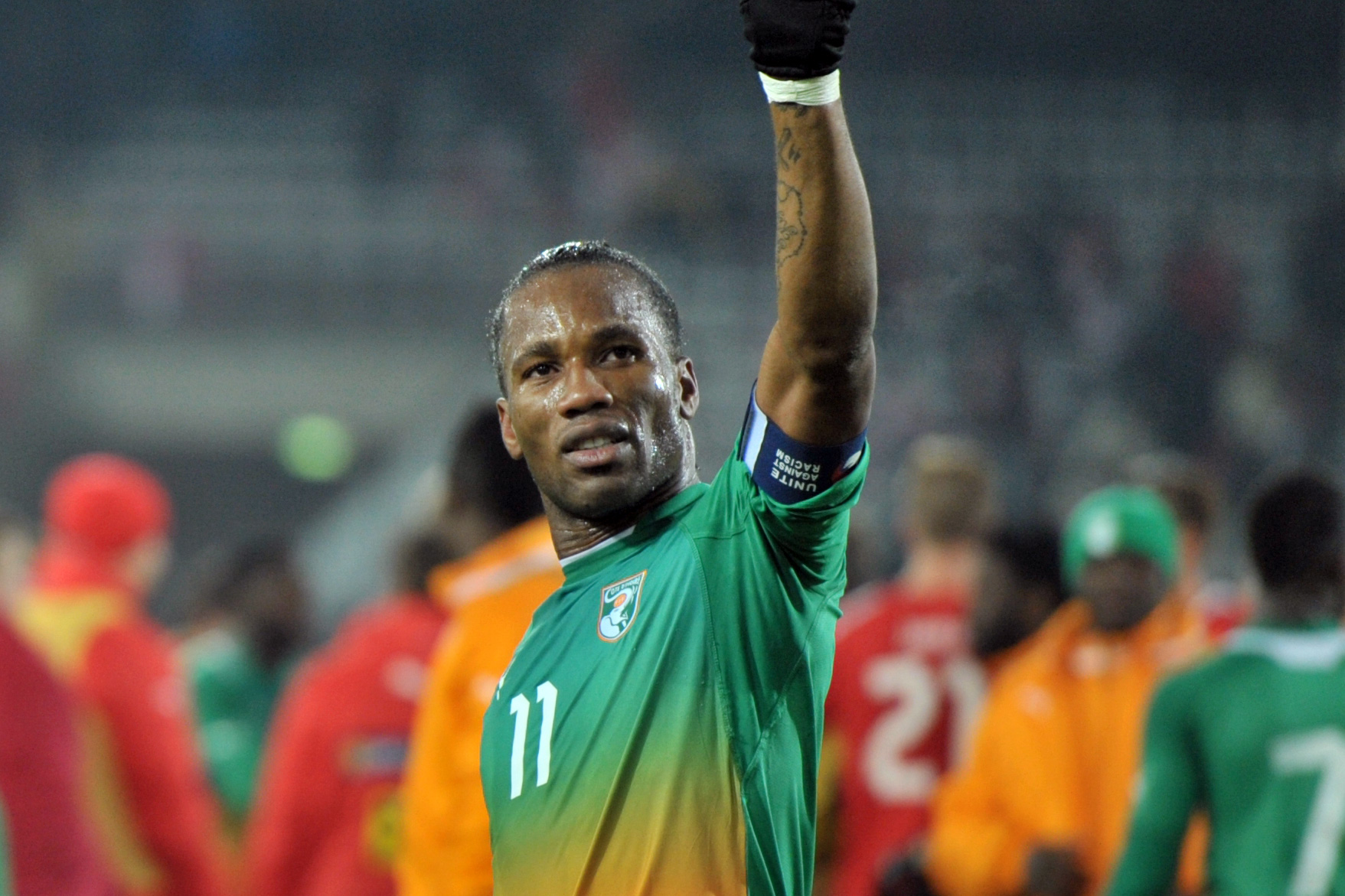
War is still a recent memory in Cote d’Ivoire. Across the country pockmarked buildings bear testament to the conflict that split the country in two in 2002. Today the colour you see across Abidjan, and the country, is orange. The shade of the national football team’s uniform.
Peace, many Ivoirians will tell you, is down to the national team. And the plea from one man, their captain and global football star Didier Drogba. In October 2005 Les Elephants had just qualified for the 2006 World Cup after beating Sudan in Abidjan.
On live television, from the dressing room of the stadium, Drogba fell to his knees and pleaded with warring factions. “A great country like Cote d’Ivoire cannot sink into chaos forever. Lay down your weapons and organise elections.”

Today peace reigns and Drogba is the most popular person in a country that was once known as the Paris of West Africa. He is everywhere.
Drogba Village, a suburb of Abidjan, has a football team called Drogbakro. Bock, the local beer sold in a daunting litre bottle, is known as Drogba. Drogbacite, dance influenced by football moves, has revived the dormant music industry. Clotilde, Drogba’s mother, runs a successful football club, Maman Clotilde Football Club, or MCFC. Drogba’s foundation has built a hospital.
Today Cote d’Ivoire – Ivory Coast – is vibrant and bursting with energy. Abidjan is its gateway. The country was the most prosperous of France’s colonies and it shows in Abidjan. Even now, neglected as they are, the skyline is filled with tall buildings and its roads choked with traffic.
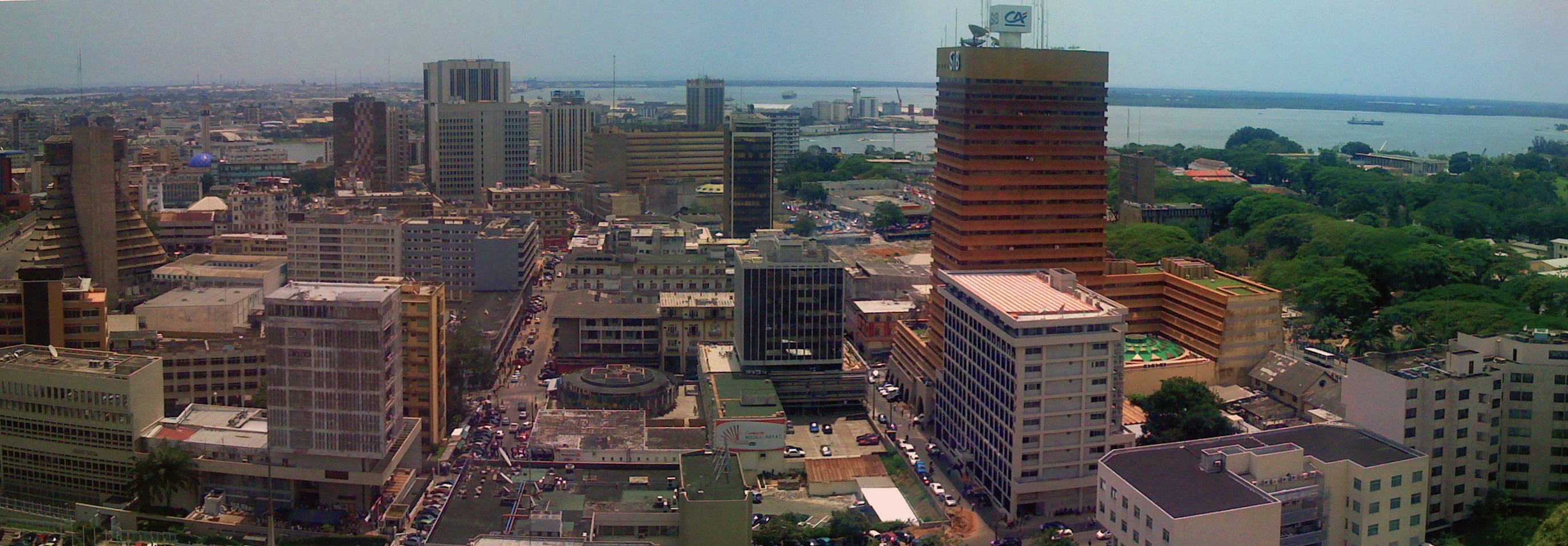
Abidjan’s most interesting building is La Pyramide market. Designed and built between 1968 and 1973 it a grand, failed, attempt to reimagine a covered market in an African city. It looks like a grand elevated pyramid strapped to a pair of towers.
Designed to recapture the lively spirit of Abidjan’s markets, it had offices, studios and restaurants stacked above a large central hall. Below the hall was a supermarket, parking and a nightclub. Today La Pyramide is home to squatters, a marker to unrealised grand ambitions.
Nobody visits Abidjan for its architecture, not even the faded colonial architecture that look out over the tranquil Atlantic coast. The city sits along a 160-kilometre-long lagoon and offers relaxing palm-covered beaches. The rhythm of the city, Cote d’Ivoire’s economic hub, harks to a bygone timeless and relaxed era.
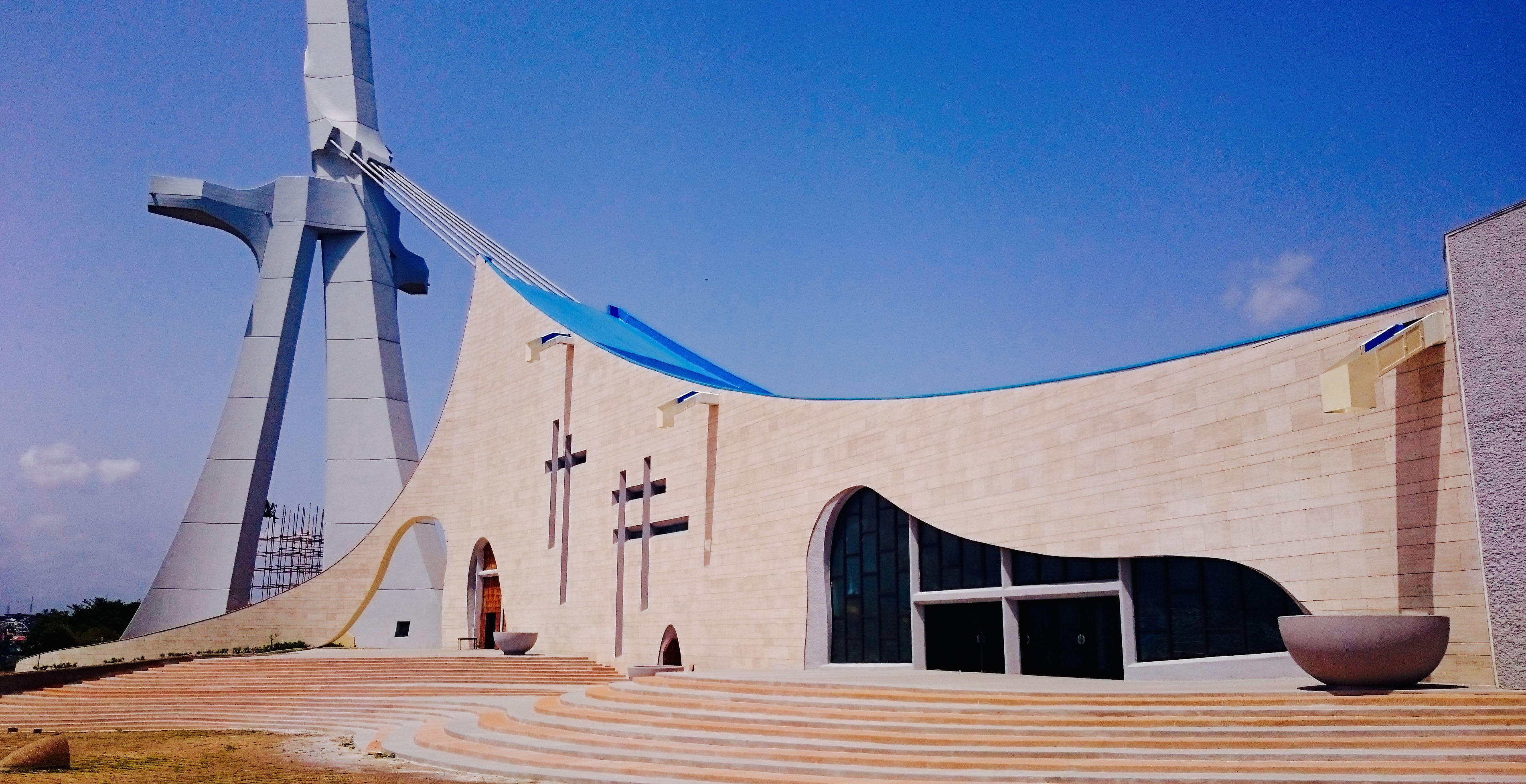
One significant Abidjan building that deserves a visit is St Paul’s Cathedral, the mother church of the city’s Roman Catholic congregation. Not as extravagant as the Basilica of Our Lady of Peace of Yamoussoukro in the Cote d’Ivoire capital, the cathedral still dominates the Abidjan skyline.
Visit for the stunning stained glass panorama, still intact despite the war, and the beautiful mosaics depicting the stations of the cross. Designed by architect Aldo Spirito, they are unique in Christendom in the way they integrate African landscapes and people into well-known biblical tales.
The highlight of any visit are the 230 steps that allow you to climb up to the balconies hidden in the outstretched arms of Christ. From here you have panoramic views of the city and its lagoon. From here you can also see the elegantly crumbling arched doorways and verandas of Grand-Bassam, the colonial capital.
